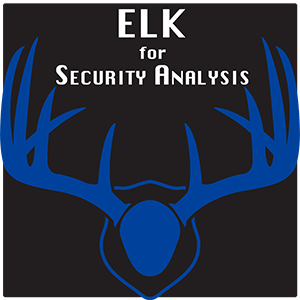
Whether you are new to information security or a seasoned practitioner with a specialized focus, SEC401 will provide the essential information security skills and techniques you need to protect and secure your critical information and technology assets, whether on-premise or in the cloud. SEC401 will also show you how to directly apply the concept learned into a winning defensive strategy, all in the terms of the modern adversary. This is how we fight; this is how we win! 18 Hands-On Labs







